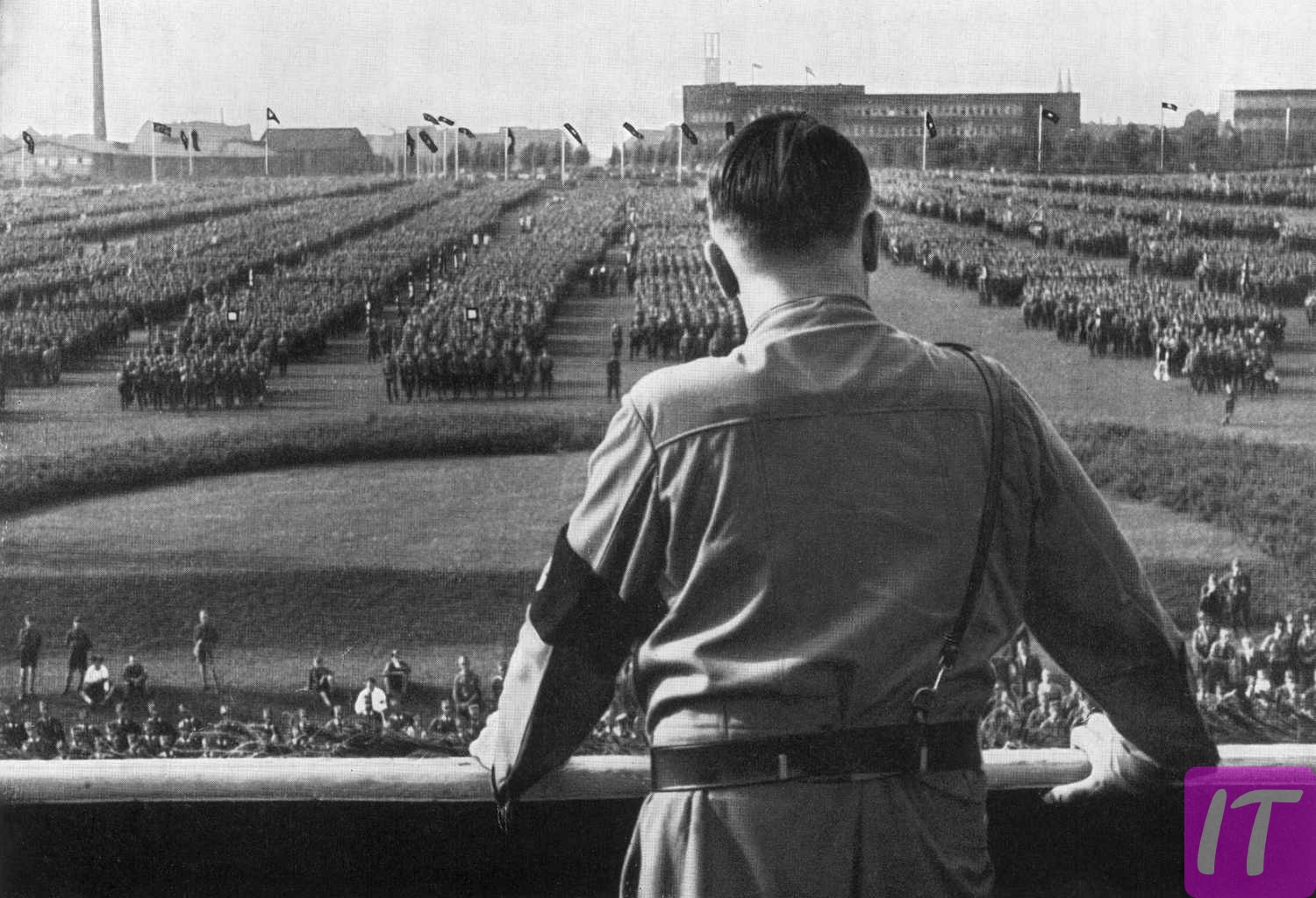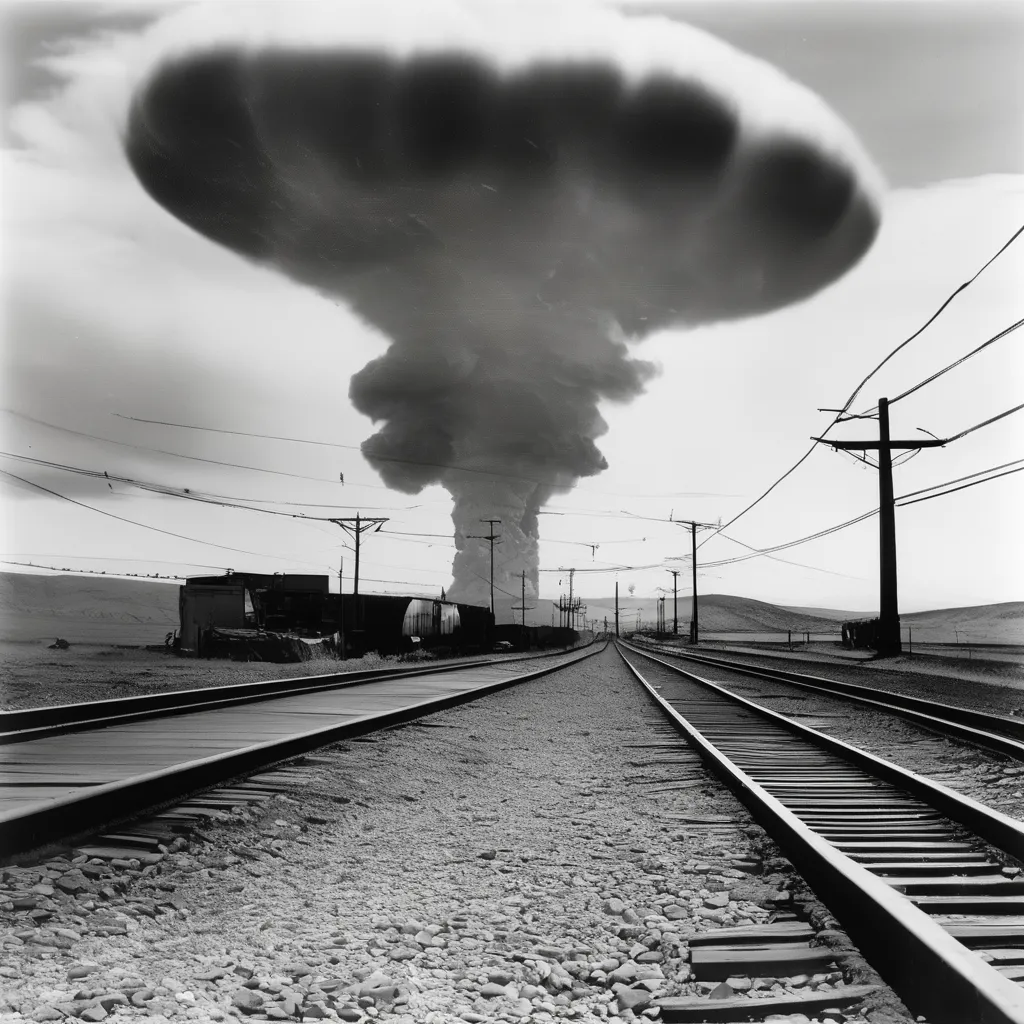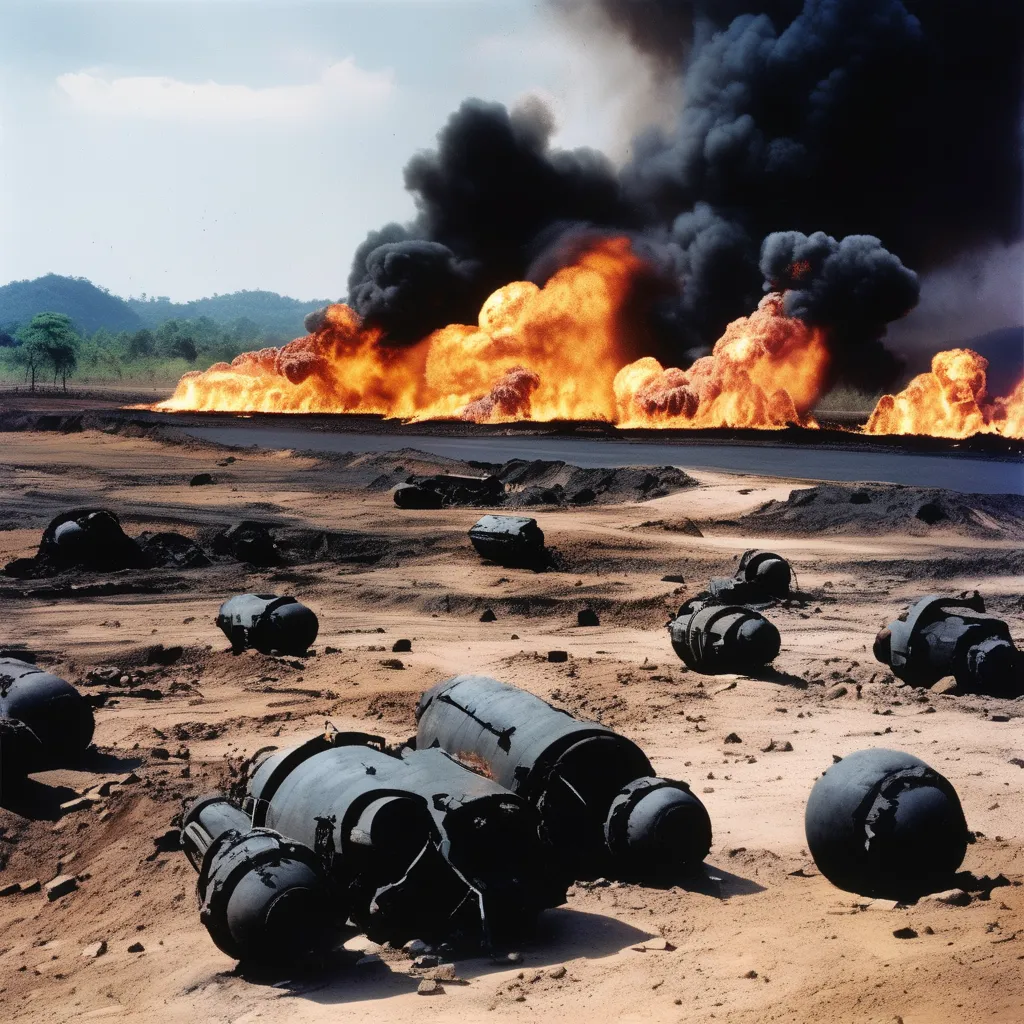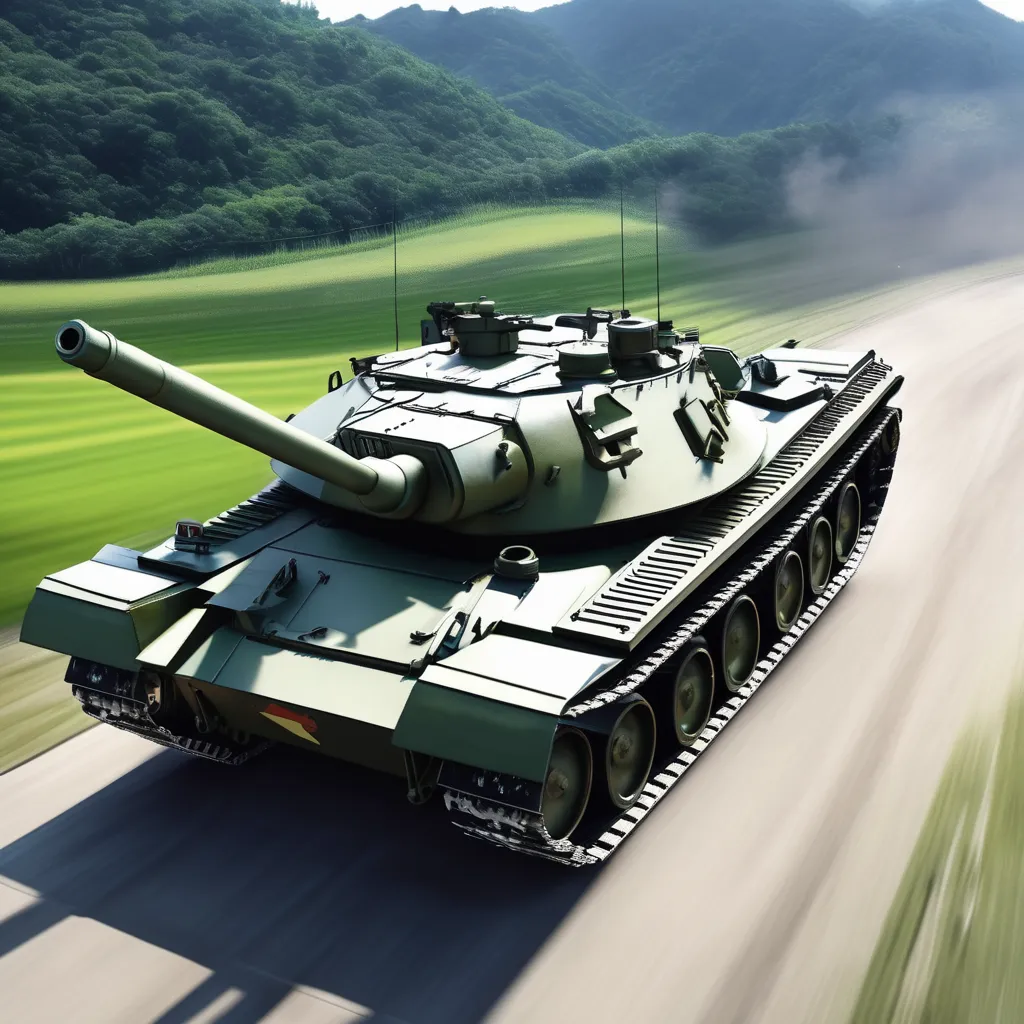Historical events of colossal magnitude often stem from seemingly minor incidents. The assassination of Archduke Franz Ferdinand of Austria-Hungary in 1914 set off a chain reaction that snowballed into World War I, altering the course of history. This singular event pulled multiple nations into a conflict hitherto unseen in scale, reshaping global alliances and rivalries.
During the interwar period, the Treaty of Versailles aimed to establish lasting peace but inadvertently sowed seeds of discontent. Economic distress and political instability provided fertile ground for the rise of totalitarian regimes, most notably in Germany. The aggressive expansionist policies of these regimes ultimately led to World War II, marking an era where human and financial costs soared to unprecedented levels.
:max_bytes(150000):strip_icc()/hitler_reviewing_troops-2696364-58e795523df78c51623a7b47.jpg)
The Catalyst of World War I: Assassination of Archduke Franz Ferdinand
The assassination of Archduke Franz Ferdinand on June 28, 1914, dramatically changed the course of history. He was the heir to the Austro-Hungarian throne, making his killing highly significant. A group of young nationalists, the Black Hand, orchestrated the plot. They believed it would secure independence for Serbia. Little did they know, it would spark a worldwide conflict.
A series of complex alliances was triggered by the assassination. Austria-Hungary quickly declared war on Serbia. Russia then came to Serbia’s aid due to their Slavic ties. Germany supported Austria-Hungary, while France and Britain backed Russia. This tangled web of alliances escalated into a full-blown war.
The world watched in shock as events unfolded rapidly. Countries mobilized their armies at an unprecedented pace. Propaganda spread rapidly to prepare citizens for war. The assassination seemed like a stone causing ripples in a pond. However, this was a pond much larger and more interconnected than expected.
The impact of Franz Ferdinand’s assassination was profound. It wasn’t just about the death of one man. This single event showed how fragile peace was in Europe. Years of tension between nations finally erupted. The first shots of World War I were the start of years of conflict and change.
Ripple Effect of Significant Event
The assassination of Archduke Franz Ferdinand set off a series of reactions. Austria-Hungary’s declaration of war on Serbia activated existing alliances. Europe was quickly divided into opposing sides. The Central Powers and the Allies became locked in conflict. This rapid escalation was fueled by national pride and existing tensions.
The ripple effect widened as more countries joined the war. Major powers like Germany and Russia mobilized massive armies. Smaller nations were dragged into the conflict as colonies and territories became battlegrounds. A local dispute quickly became a global issue. The interconnected alliances ensured that no country remained untouched.
As the war spread, economies were strained to support the war effort. Resources were redirected to military needs, affecting civilian life. Industries shifted to produce weapons and supplies. Governments took on massive debts to finance the war. The social and economic impact was felt by millions.
The human cost was staggering. Millions of soldiers and civilians lost their lives. The war left deep scars on societies around the world. Families were torn apart, and entire communities were devastated. The ripple effect of one assassination showed how interconnected the world had become.
Domino Effect: How World War I Engulfed Nations
The outbreak of World War I led nations to take swift and drastic actions. Following Austria-Hungary’s declaration of war on Serbia, a chain reaction was set off. Russia began mobilizing troops to support Serbia. Germany, Austria-Hungary’s ally, declared war on Russia. France and Britain soon joined to aid Russia, pulling more countries into the conflict.
The war quickly spread beyond Europe, impacting colonies and territories worldwide. European powers drew on their colonial subjects for manpower and resources. Soldiers from Africa, Asia, and North America found themselves fighting in foreign lands. Nations far removed from the initial conflict became deeply involved. The war was no longer a European affair; it had become global.
International trade routes were heavily disrupted. Blockades and naval battles made the seas a dangerous place. Countries not directly involved in combat still faced shortages and economic strife. Industries focused on war production left consumer goods in short supply. This global disruption affected everyday lives across the world.
Political landscapes were altered as governments shifted focus to the war effort. Nations enacted drafts and increased military spending. Propaganda campaigns aimed to boost morale and justify the war. Political alliances were tested, with some countries switching sides or declaring neutrality. The domino effect of alliances and treaties transformed the war into an all-encompassing conflict.
The Treaty of Versailles: Interwar Peace or Prelude to Another Conflict?
The Treaty of Versailles was signed in 1919 to officially end World War I. Leaders from various countries gathered in France to negotiate terms. The treaty aimed to ensure lasting peace but had harsh terms for Germany. It demanded heavy reparations and territorial losses. This left Germany feeling humiliated and resentful.
Many historians argue that the treaty sowed seeds for future conflict. The strict measures imposed on Germany created widespread economic hardship. Hyperinflation and unemployment surged, leading to instability. The treaty also redrew national borders, creating tensions among neighboring countries. These unresolved issues simmered beneath the surface.
The League of Nations was established to maintain peace, but it had limited power. The United States, despite President Wilson’s efforts, never joined. The League struggled to enforce decisions and prevent aggression. It became clear that the Treaty of Versailles alone couldn’t guarantee stability. Without strong global cooperation, tensions grew unchecked.
In Germany, political extremism gained traction. The resentful population became fertile ground for radical ideologies. The Nazi Party, led by Adolf Hitler, promised to restore Germany’s might. They capitalized on public anger over the treaty to gain support. This led to the rise of totalitarianism and further international tension.
The economic crisis was not confined to Germany. Other nations also faced struggles due to war debts and reparations. The Great Depression of the 1930s only worsened the situation. Economic desperation fueled nationalism and authoritarian movements across Europe. This volatile environment set the stage for another devastating conflict.
The Treaty of Versailles, though intended to create lasting peace, instead contributed to future unrest. Its failure to address underlying issues created a fragile interwar period. The unresolved economic, political, and territorial disputes eventually led to World War II. The world soon realized that peace required more than punitive measures.
Rise of Totalitarian Regimes: A Catalyst for World War II
The economic hardships of the 1920s and 1930s provided fertile ground for totalitarian regimes. Countries like Germany, Italy, and Japan were deeply affected. These nations saw the rise of leaders who promised strong, centralized control. Adolf Hitler, Benito Mussolini, and Emperor Hirohito capitalized on the public’s discontent. They vowed to restore national pride and economic stability.
The policies of these regimes were aggressive and expansionist. Germany began rearming and violating the Treaty of Versailles. Italy invaded Ethiopia to build a new Roman Empire. Japan expanded into China and Southeast Asia. These actions alarmed neighboring countries but were met with limited resistance. The totalitarian leaders felt emboldened to pursue further conquests.
Their rise to power also led to widespread propaganda and control over daily life. In Germany and Italy, media was tightly controlled to promote the regime’s ideals. Schools taught children to idolize their leaders. Citizens were encouraged to inform on neighbors who opposed the government. These strategies created a culture of fear and obedience.
These regimes formed alliances to strengthen their positions. Germany, Italy, and Japan signed the Anti-Comintern Pact, targeting Communist influence. This later evolved into the Axis Powers. They coordinated military strategies and supported each other’s expansionist goals. The world watched uneasily as these nations grew more aggressive.
Western democracies initially tried to appease the totalitarian states. Britain and France hoped to avoid another large-scale war. However, this policy of appeasement only encouraged further aggression. Germany’s invasion of Poland in 1939 was the tipping point. It led Britain and France to declare war, marking the beginning of World War II.
The rise of totalitarian regimes disrupted global peace and stability. Their ambitions and military actions set the stage for another world conflict. The failure to address the growing threats early on allowed these regimes to gain momentum. The world’s hesitation and the aggressive policies of totalitarian leaders ultimately led to the devastation of World War II.
The Tipping Point: Aggressive Expansionist Policies and the Outbreak of World War II
The late 1930s saw aggressive expansionist policies by totalitarian regimes. Germany, under Adolf Hitler, reoccupied the Rhineland and annexed Austria. Italy conquered Ethiopia, while Japan invaded Manchuria. These actions shattered peace and stability in Europe and Asia. The world stood on edge, sensing an impending crisis.
The Munich Agreement of 1938 aimed to appease Hitler. Britain and France allowed Germany to take the Sudetenland, part of Czechoslovakia. This gesture hoped to prevent further conflict but failed. Hitler saw it as a green light for more aggression. The lack of strong response emboldened him to push further.
In 1939, Germany signed the Molotov-Ribbentrop Pact with the Soviet Union. This non-aggression treaty surprised many and secured Germany’s eastern front. Shortly after, Germany invaded Poland on September 1, 1939. This invasion prompted Britain and France to declare war on Germany. Europe was thrust into war again, just two decades after World War I.
Meanwhile, Japan continued its aggressive expansion in Asia. The attack on China in 1937 marked the beginning of the Second Sino-Japanese War. Japan aimed to dominate Asia and the Pacific. Their actions increased tensions with Western powers, especially the United States. Economic sanctions were imposed, straining relations further.
The Axis Powers, consisting of Germany, Italy, and Japan, coordinated their efforts. They divided their spheres of influence and supported each other militarily. This alliance sought global domination at the expense of weaker nations. Their combined strength posed a significant threat to world peace.
The failure to curb these aggressive policies led to the outbreak of World War II. Nations scrambled to respond to the rapidly escalating conflict. The aggressive actions of the Axis Powers forced the Allies into a global war. The world would face years of intense battles, loss, and upheaval. The aggressive expansionist policies had tipped the balance, plunging the world into war.
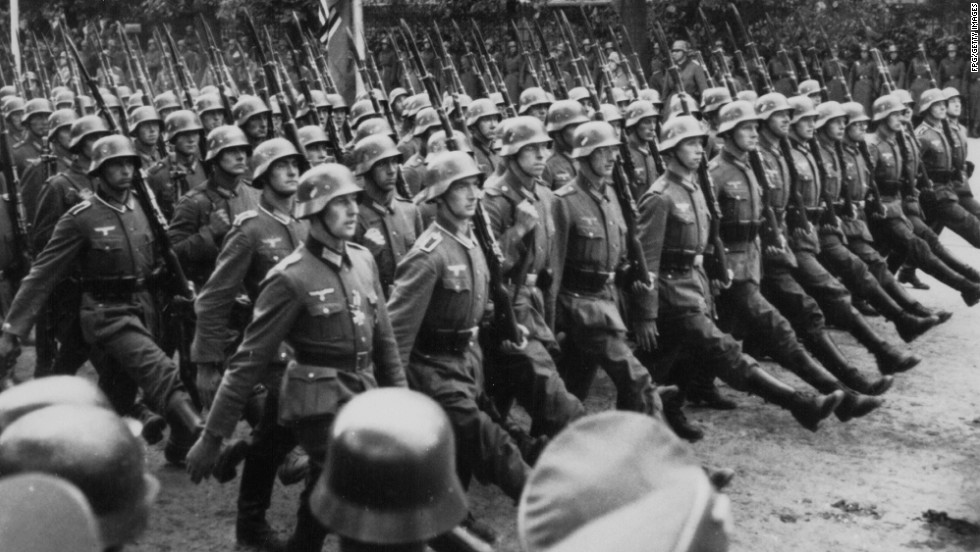
Frequently Asked Questions
The history of World War I and II is complex, involving multiple nations, leaders, and events. Here are some common questions experts ask about this pivotal time in history.
1. What were the main causes of World War I?
World War I was mainly caused by a mix of nationalism, militarism, imperialism, and alliances. Nations were eager to assert their power and protect their interests, creating tension. The assassination of Archduke Franz Ferdinand was the immediate trigger. This event set off a chain reaction among allied countries.
The complex system of alliances meant that once one nation went to war, others quickly followed. Germany supported Austria-Hungary; Russia sided with Serbia. France and Britain soon joined to stand against German aggression. These alliances turned a local conflict into a global one.
2. How did the Treaty of Versailles impact Germany?
The Treaty of Versailles imposed heavy penalties on Germany after World War I. It required them to pay huge reparations and restricted their military capabilities severely. Germany also had to surrender territories, impacting its economy and national pride significantly.
These harsh conditions led to economic hardship and political instability in Germany. Many Germans felt humiliated and resentful, setting the stage for extremist movements like the rise of Adolf Hitler’s Nazi Party. This discontent eventually facilitated the outbreak of World War II.
3. What role did technology play in World War II?
Technology played a crucial role in shaping World War II’s tactics and outcomes. Innovations included advanced tanks, airplanes, submarines, radar systems important for both offensive and defensive operations during conflict.
The use of atomic bombs by the United States on Hiroshima and Nagasaki marked a significant technological breakthrough with devastating effects – ultimately leading to Japan’s surrender in 1945 endinenting WWII showing how tech advancement changed warfare forevermore sal impact globally beyond battlefields alone forever more practical implication worldwide long term repercussions lasting consequences undeniable effect
4. Why did Japan attack Pearl Harbor during World War II?
Japan attacked Pearl Harbor intending to weaken the U.S.; naval strength in talks gain territory across Pacific region while ensuring dominance thereon mostly driven expansionist policies overall regionally affecting geopolitics strategic planning alignment particular objectives sought achieving goals irrespective consequences results undertaken hefty gamble could change course significantly long run meaning overall operational scope strategies mechanisms employed thereof implicitly
This surprise attack aimed at crippling American resistance enabled swift movement forward territorial gains anticipated longer-term expectations although facing immense opposition challenges unforeseen circumstance reevaluated post-event implications broader spectrum necessitated reconsideration actionable items wholesome strategy recalibrated timely manner offset adverse impacts consequentially borne necessity defense strategies within aligned frameworkes employed accordingly case conveyed upon reflection indeed drastic action substantial ramifications highlighted precisely poised ballistic saga wartime chapters reckoning milestones essentially determined properly therein aligned focus efficacious essentials imperative
5. How did economic conditions contribute to the rise of totalitarian regimes before World War II?
Poor economic conditions significantly contributed towards rise totalitarian regimes preceding WW-II era characterized widespread unemployment inflation hardships faced common citizenry seeking solace easier solutions desperate times radical ideologies offered appear viable despite inherent flaws promises stability growth appealed sections population suffering otherwise austere reality acceptance regime glorifying progress perceived better alternative navigating crises perpetuated instability chaos turmoil afflicting wider populace stark options limited inclining readily available ideologically conformist assuagements offered</population considering alternatives pragmatically aligning authoritarian charismatic leads exacerbating vulnerabilities exploited garner momentum transforming geopolitical landscapes inherently destabilizing existing frameworks propelling partitioning ascendant future contentious engagements inevitably arising contrasts perceptions undertakings potentially embroiling comprehensive contributive societal factors less patriotic considered pragmatic feasible within contextually relative scenarios prevailing atmospherically contingent requisite resolutions sorted newsp op consolidated evident perspectively abrupt shift paradigmatic constituencies larger impact manifested transitioning gradual incremental usurping establishing dominant factions permanently ordained rigid policy implementation rule imperative conclusory exigencies fundamentally altered geopolitical structures moving consequential
Conclusion
The journey from World War I to World War II is marked by complex events, alliances, and upheavals that reshaped global history. The assassination of Archduke Franz Ferdinand sparked a chain reaction, leading to a world engulfed in conflict. The Treaty of Versailles, while meant to ensure peace, instead created conditions for another devastating war.
Economic hardships and political instability provided fertile ground for totalitarian regimes, driving nations toward aggressive expansion. These actions eventually led to the outbreak of World War II. Understanding this history highlights the fragile nature of peace and the significant consequences of international decisions.
